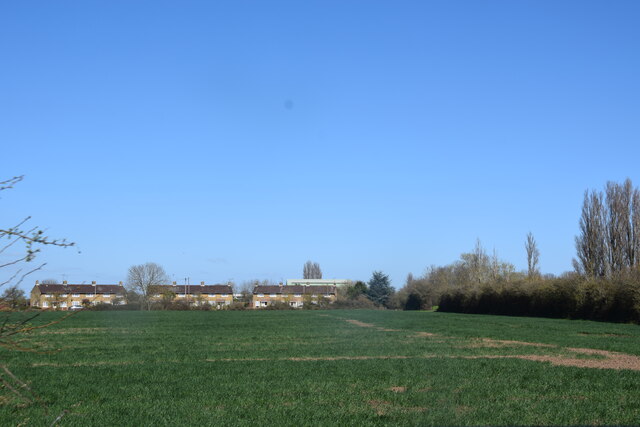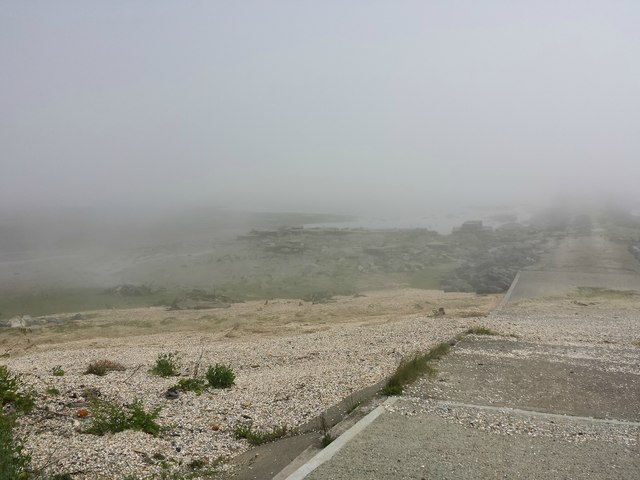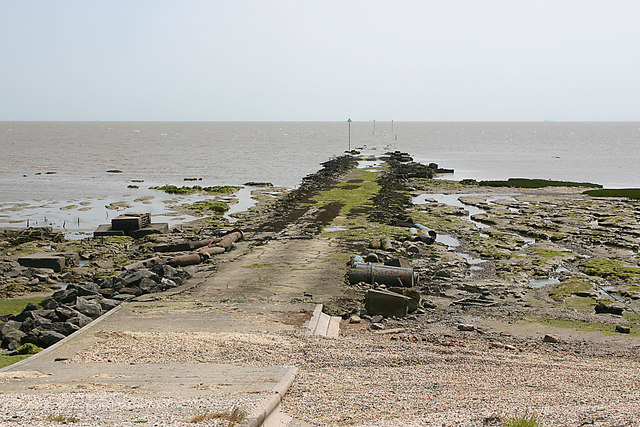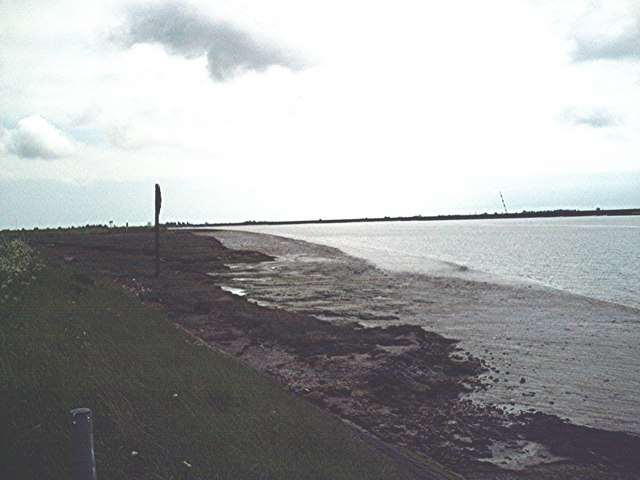Foulness
Civil Parish in Essex Rochford
England
Foulness

Foulness is a civil parish located on the island of Foulness in Essex, England. It is situated in the Thames Estuary, approximately 10 miles east of Southend-on-Sea. The island is accessible via a single road, known as the Broomway, which is submerged during high tide, making it a unique and isolated location.
The civil parish covers an area of approximately 12 square miles and has a population of around 200 people. It is predominantly used for military purposes and is home to the Foulness Island Range, a military testing site owned by the Ministry of Defence. The range has been in operation since the late 19th century and is used for testing explosives and weapons systems.
Foulness Island is known for its vast and diverse wildlife. The island is a designated Site of Special Scientific Interest (SSSI) due to its importance for breeding and overwintering birds. It is also home to rare plant species and provides a habitat for various mammals and insects.
The island has a rich history dating back thousands of years. It was mentioned in the Domesday Book of 1086 and has been inhabited since the Neolithic period. Throughout its history, Foulness has been affected by coastal erosion and flooding, leading to the construction of sea defenses.
Due to its military nature and limited access, Foulness remains a remote and tranquil location. The island offers a unique opportunity for those seeking solitude and a connection with nature in a truly unspoiled environment.
If you have any feedback on the listing, please let us know in the comments section below.
Foulness Images
Images are sourced within 2km of 51.590653/0.936757 or Grid Reference TR0392. Thanks to Geograph Open Source API. All images are credited.






Foulness is located at Grid Ref: TR0392 (Lat: 51.590653, Lng: 0.936757)
Administrative County: Essex
District: Rochford
Police Authority: Essex
What 3 Words
///chew.enough.heightens. Near Burnham-on-Crouch, Essex
Nearby Locations
Related Wikis
Foulness SSSI
Foulness SSSI is a 10,702 hectare biological Site of Special Scientific Interest covering the shoreline between Southend-on-Sea and the Crouch estuary...
Foulness Island
Foulness Island () is a closed island on the east coast of Essex in England, which is separated from the mainland by narrow creeks. In the 2001 census...
Saint Mary the Virgin, Foulness Island
Saint Mary the Virgin is a parish of the Church of England on Foulness Island, in Essex, England. Before the 15th century, the island of Foulness was divided...
River Crouch
The River Crouch is a small river that flows entirely through the English county of Essex. The distance of the Navigation between Holliwell Point which...
Have you been to Foulness?
Leave your review of Foulness below (or comments, questions and feedback).













